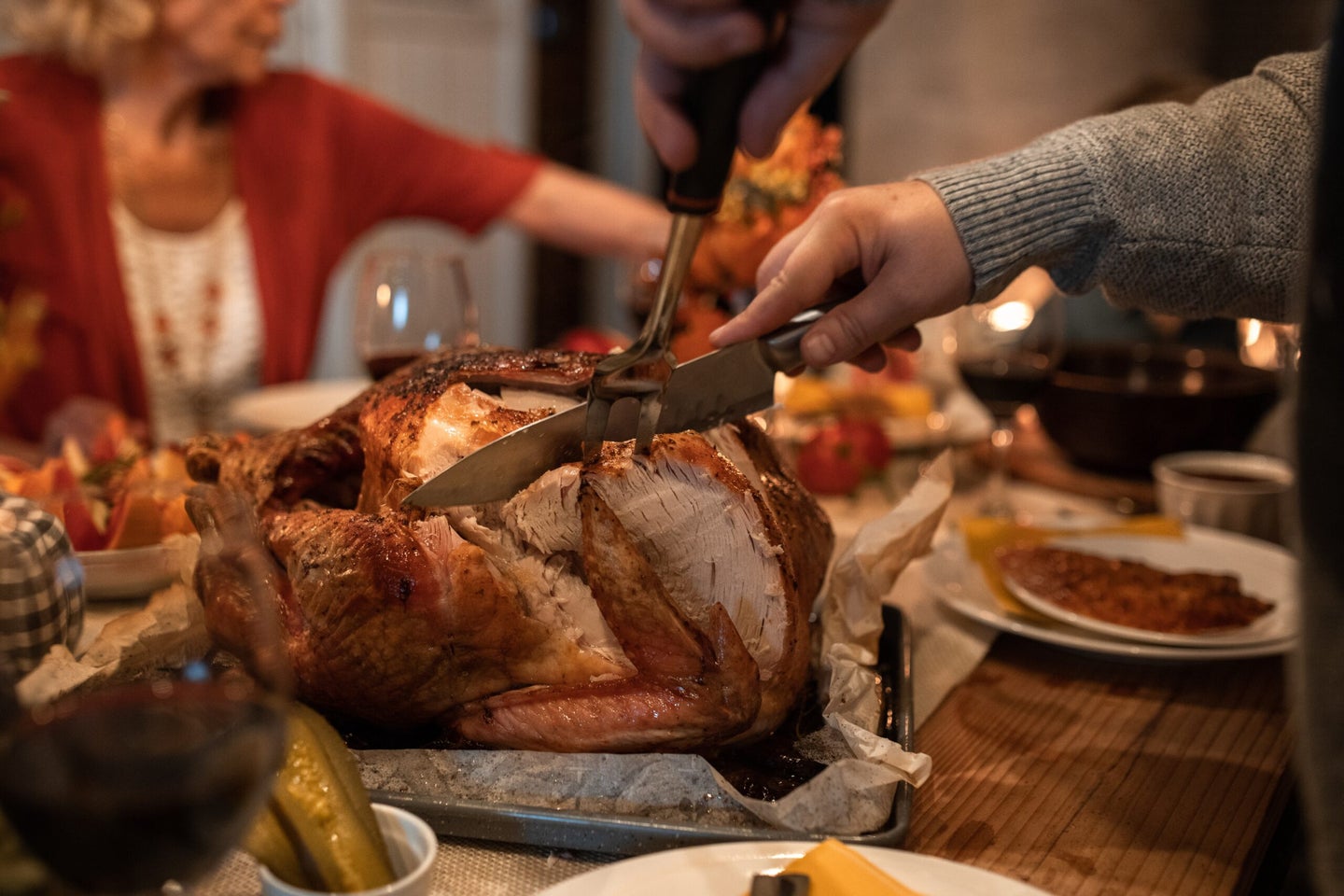Is it safe to travel for the holidays this year? Here’s the CDC’s advice.
Getting fully vaccinated is the safest thing you can do.

The holiday season is quickly approaching, and while cases of COVID-19 have significantly dropped in recent weeks, the pandemic is far from over. The US is still experiencing TK daily cases and a significant percent of Americans remain unvaccinated. Last week, the Centers for Disease Control and Prevention (CDC) released guidance on safer celebrations, outlining some precautions and options for the holiday season. Here’s what you can expect.
Is holiday travel safe?
Fully vaccinated individuals who are traveling are much less likely to get COVID-19 and spread the virus when traveling domestically or internationally than those who remain unvaccinated. The CDC recommends delaying travel until full vaccination status is achieved. For unvaccinated individuals, including children who are not-yet-eligible for the vaccine, the safest travel options are short road trips or flights with minimal stops or layovers.
Travelers should wear masks regardless of vaccination status on all forms of public transportation. Interacting with the fewest number of people while traveling if unvaccinated is ideal. Unvaccinated individuals should opt to stay in houses, cabins, or with fully vaccinated family members as opposed to hotels or hostels.
[Related: If you’re unsure about getting the COVID-19 vaccine, read this]
Do I need to wear a mask?
If a holiday celebration takes place in a public indoor setting, the CDC recommends that unvaccinated individuals should wear a properly fitting mask and maintain social distance when possible. Those who are fully vaccinated can for the most part resume activities they would have done before the pandemic, including interacting with others unmasked, but should consider wearing a mask if they or their family members have a weakened immune system, are unvaccinated, or have underlying medical conditions.
What if I have kids or am visiting people with kids?
If children are too young to be eligible for the vaccine, guardians should keep this in mind when making holiday travel arrangements. The CDC’s tips for safer travel can help with decision making for the holiday season, but generally, the best way to protect unvaccinated children is for all family members to be vaccinated.
Do I need a booster shot?
For those who are eligible for a booster shot at this time, it can really only help to get one. Right now, the CDC also recommends an additional COVID-19 vaccination dose if an individual is moderately to severely immunocompromised. This could be from cancer treatments, recent organ transplants, or immune-suppressing drugs. These individuals should also continue to wear masks and take the same precautions as unvaccinated individuals, even with a booster shot, unless otherwise directed by their doctor.
Can I get together with family members from across the country this year?
If multiple households from across the country are planning a gathering, they should take some extra precautions. In general, if someone is showing any symptoms of COVID-19, they should stay away from others and get tested. Vaccination is recommended as the best way to protect against the spread of COVID-19. Other precautions could include asking family members to get a negative COVID-19 test before attending any celebrations, and avoiding crowded indoor spaces leading up to any travel.